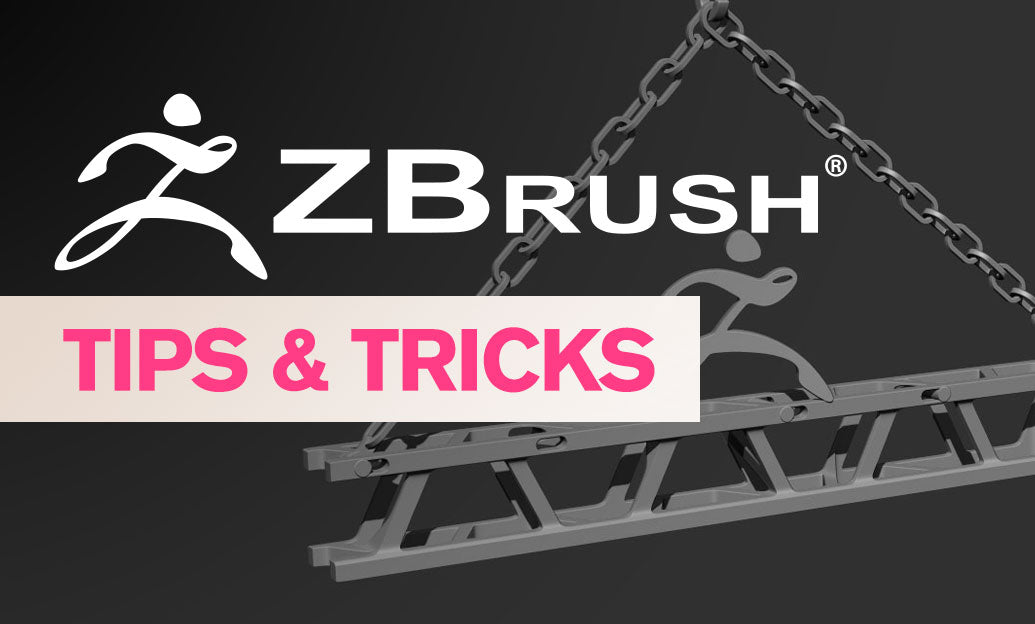Your Cart is Empty
Customer Testimonials
-
"Great customer service. The folks at Novedge were super helpful in navigating a somewhat complicated order including software upgrades and serial numbers in various stages of inactivity. They were friendly and helpful throughout the process.."
Ruben Ruckmark
"Quick & very helpful. We have been using Novedge for years and are very happy with their quick service when we need to make a purchase and excellent support resolving any issues."
Will Woodson
"Scott is the best. He reminds me about subscriptions dates, guides me in the correct direction for updates. He always responds promptly to me. He is literally the reason I continue to work with Novedge and will do so in the future."
Edward Mchugh
"Calvin Lok is “the man”. After my purchase of Sketchup 2021, he called me and provided step-by-step instructions to ease me through difficulties I was having with the setup of my new software."
Mike Borzage
V-Ray Tip: Optimizing Texture Workflow with V-Ray's Triplanar Mapping Techniques
November 22, 2024 2 min read

V-Ray's Triplanar Mapping is a powerful feature that simplifies the process of applying textures to complex geometries. It eliminates the need for precise UV mapping, making it an invaluable tool for artists working with intricate models or those aiming for efficiency in their workflows.
Here are some key benefits and tips for effectively using V-Ray’s Triplanar Mapping:
- Seamless Texture Application: Triplanar Mapping projects textures along three axes (X, Y, and Z), blending them smoothly to avoid seams. This is especially useful for organic models where traditional UV unwrapping can be challenging.
- Quick Setup: By eliminating the need for UV maps, you can apply textures quickly. This is particularly beneficial for projects with tight deadlines or when working with scanned models.
- Flexible Control: Adjust the blend amount to control how the textures merge at the seams, providing you with the flexibility to achieve the desired look effortlessly.
- Consistent Results: Because it’s resolution-independent, the same texture can be applied consistently across different scales of a model, ensuring uniformity in large scenes.
- Minimized Texture Distortion: Triplanar Mapping reduces stretching and distortion, ensuring textures appear natural, even on complex surfaces.
- Enhanced Creativity: Experiment with different texture maps for each axis to create unique surface details or to emphasize certain features of your models.
To make the most of V-Ray's Triplanar Mapping, consider the following workflow enhancements:
- Combine with V-Ray Blend Material: Use Triplanar Mapping with the V-Ray Blend Material to create complex surfaces with layered details, enhancing realism.
- Optimize Render Times: By avoiding UV unwrapping, you can save time on texture setup, allowing you to allocate more resources to fine-tuning lighting and compositing.
- Integrate with Procedural Textures: Leverage procedural textures alongside Triplanar Mapping to create dynamic and adaptable materials that automatically fit any geometry.
- Test with Render Region: Use V-Ray's Render Region to test the effects of Triplanar Mapping quickly, ensuring you achieve the desired texture blending before committing to full renders.
For more tips and professional insights, visit NOVEDGE, a trusted resource for creative professionals looking to optimize their 3D workflows.
You can find all the V-Ray products on the NOVEDGE web site at this page.
Also in Design News

AI-Driven CAD: Revolutionizing Design with Machine Learning Integration
November 23, 2024 4 min read
Read More
Design Software History: Augmented Reality's Transformative Role in Construction Site Design and Visualization
November 23, 2024 7 min read
Read More
ZBrush Tip: Enhancing Precision in ZBrush: Effective Techniques for Utilizing Reference Images
November 22, 2024 2 min read
Read MoreSubscribe
Sign up to get the latest on sales, new releases and more …


